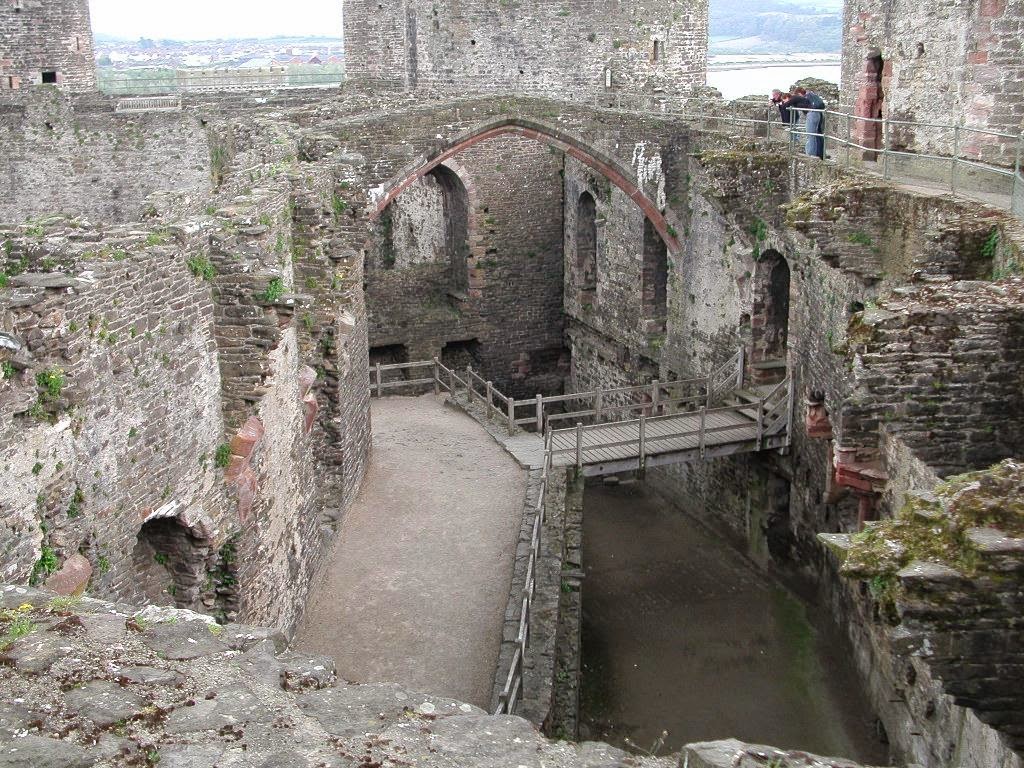Timeline
(1600 AD -1740 AD)
The Baroque Period started in Rome, Italy at the beginning of the 17th Century as the Renaissance was coming to a close. (More) It lasted for just about 100 years and has 3 sub periods - Early, Middle & Late Baroque. It is immediately followed by the short-lived Rococo Period which lasted about 40 years. Some historians believe that Rococo is just actually the Late Baroque era so they sometimes use the term synonymously with each other. The Rococo Period ended with the emergence of the Neoclassical Era in the mid 18th century. (More)
Baroque Architecture
Baroque as an architectural style is known for its elaborate, highly detailed, overly ornamental, and very dramatic expression. Historians claim this style developed from the Renaissance architecture and then grandeur and religiosity were added to it in an ostentatious manner. Notable architectural features of this era includes, colonnades, domes, chiaroscuro (play of light and shade) and the strong play of volume and void. (Read more)
CULTURAL POLITICAL & TECHNOLOGICAL ELEMENTS THAT AFFECTED THE DESIGNS OF THE BAROQUE PERIOD
The Baroque Movement came about mainly because of 3 cultural, political and technological events happening during that time. The first one was the Catholic Church's perceived threat of the Counter-Reformation movement (aka Protestant religion) which was gaining popularity. The Catholic Church took a propaganda-like stance by using the arts to propagate their faith further. Dramatic religious paintings and architectural features in churches were done to stimulate religious piety among the masses and convey a sense of the divine. (More)
The second reason was the consolidation of the different monarchies into a central state which made it so powerful. These nobility wanted to display their wealth and power so Baroque style palaces and grand homes were built on a monumental scale. The upward movement of the middle class also led to a wider art patronage base helping to push the Baroque style further up. ( More)
The third was the beginning of a huge interest in nature and the realization that man is so small compared to the infiniteness of the universe. Scientific developments such as the discovery that the earth is not the center of the universe hugely affected the design of the times. Baroque landscape paintings depicting man as a minute figure in a vast surrounding is an example of this.
The Baroque Architectural style was propagated by 3 famous artists of that era, sculptor Gianlorenzo Bernini, architect Francesco Borromini and the painter Pietro da Cortona ( Read more about the artists here)
Rococo Architecture
The Rococo style started in 18th Century France. (Source) as a strong reaction against the stiffness and formality of the Baroque style. (Read more here) As people veered away from the heavy, oppressive and monumental style of Baroque, a newer, lighter and more graceful and carefree style emerged. (More) Architects of that era started to design the new houses of the nobles in this style.
Rococo is characterized by the use of light pastels, delicate details and intricate patterns, elaborate curves and scrolls and ornaments shaped like shells and plants. (More) Asymmetrical design and use of mirrors to enhance the sense of open spaces were also features of Rococo style. (More)
Traditional Baroque & Rococo Interiors
Traditionally, Baroque interiors are characterized by very luxurious and over the top ornamental decors. Rich and dark colours are often paired with gold. Rococo interiors are essentially a pared down, lighter version of Baroque.
The Modern Baroque Interior
Today, in modern times, the Baroque influence can be seen in homes where owners want a luxurious and opulent feel reminiscent of the 17th Century style but in drastically toned down style to produce a still rich but more refined, artistic and elegant design.
In these two photos, the Baroque influence can be seen in the use of highly textured fabrics on the sofa and blanket and headboard. The use of picture frames all throughout the wall is also a throwback to the Baroque style of adding exaggerated details to add drama and grandeur to the interiors. The crystal chandeliers are also considered a trademark of this style.(More)
The Modern Rococo Interior
Rococo interiors today carry the same rich, artistic style of the Baroque era but in a much lighter and less intense tone. This is achieved mainly by using pastel colours and accessorizing with fun whimsical art and less heavily-ornamented chandeliers.(More)
Textured fabrics and wallcovering, less fussy carving on furnitures and an asymmetrical design placement are all reminiscent of traditional Rococo style done in a modern way.
To summarize, although both Baroque & Rococo styles can easily become very flamboyant if done in excess, when styled right, they can be very artistic, sophisticated and elegant. (More)
Textured fabrics and wallcovering, less fussy carving on furnitures and an asymmetrical design placement are all reminiscent of traditional Rococo style done in a modern way.
To summarize, although both Baroque & Rococo styles can easily become very flamboyant if done in excess, when styled right, they can be very artistic, sophisticated and elegant. (More)

















































